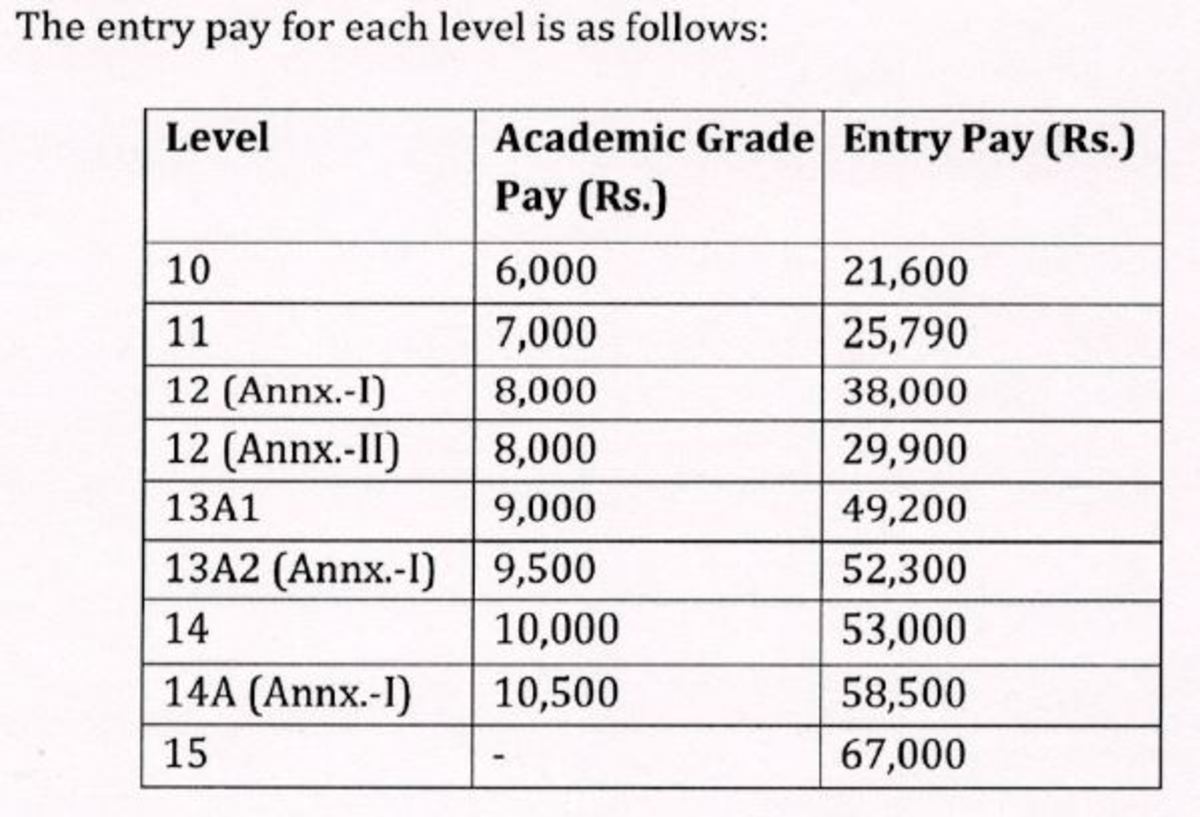Dealing with “Problem” Students

If you’ve been teaching for more than five minutes in any public school classroom within the known free world, you’ve likely found yourself faced with at least one variation of the “problem” student. Dealing with this individual can be challenging and sometimes confusing. Behavior issues are nothing new, but may require some new and creative ways of resolving. After all, as just about any teacher can tell you, today’s students are not the students of even a few years ago, nor are today’s classrooms the classrooms of yesteryear. As the human race continues to grow and evolve, as technology continues to grow and evolve, so do the students in today’s schools evolve, and teachers are expected to keep up.
While I won’t pretend to be any kind of expert on classroom management, I have learned a thing or two of value in the time I spent teaching in a public high school setting. The suggestions I offer are neither new nor novel but rather randomly gathered from trainings and readings and then tailored to fit my personality and my particular students, because what works for some teachers could be a complete fiasco for others. Just saying.

Behavior Does Not Define the Student
First things first, and this one is straight out of teaching and/or parenting 101; when a student misbehaves or otherwise acts out in class, never assume the behavior is indicative of the entire personality of the student. If you plan to successfully teach the majority of your students, you must be able to separate the behavior from the student. After all, bad behavior in the classroom (usually) does not equate to the student being a potential psychopath. I say “usually” because, let’s face it; Jeffrey Dahmer and Charles Manson were students in someone’s classroom at some point in their lives.
Start by trying to find out the underlying cause of the behavior. Is the student bored? On the reverse side, is the student having trouble grasping the subject matter but doesn’t want to admit it and instead acts out? Is there something going on outside of the classroom that is affecting his or her behavior in the classroom? While you shouldn’t expect to be able to solve the world’s problems single-handedly, sometimes just being aware of a situation in a student’s life can lead to more open communication with the student and a plan to help conquer the behavior issue.
I can offer an example of a situation as relayed to me by a colleague and friend who also happens to be an exceptional teacher. She had a student in one of her Advanced Placement Language and Composition classes who had lashed out at her during one of her class discussions when she asked him to dig deeper and elaborate on his answers to her questions. Rather than assume that she was dealing with a student who was by nature rude and disrespectful, she pulled the student out of the classroom and held a private conversation in the hall, during which she asked him why he had spoken to her so disrespectfully.
What followed was a calm and frank conversation that ultimately cleared up any misperceptions on both sides. On the student’s side, he advised that he sometimes needed time to think about his responses and that he felt the teacher was badgering him unnecessarily. The teacher advised him that her intention was not to badger and thus embarrass him, but rather that she knew he had much more potential than he was showing with his initial answers and she really wanted to have him perform to his full potential. She then pulled on her prior knowledge of this student’s extracurricular involvement in sports and they worked out a system of signals in which the student could let her know when he needed to call a time out to think about his response, understanding that she would then move on to another student but that she would come back to him. Apparently, this relationship worked well for the remainder of the school year for both teacher and student.
I am not saying that every situation can be handled that calmly or easily. You may have students, as I did, who may not care that you want to help them realize their fullest potential. Particularly in high school, I had my fair share of students who were just “marking time” until they could be free of what they saw as the confines of the public education system. I approached those situations a bit differently but mainly by being consistent in my expectations of all students and consistent in dealing with misbehavior when it occurred.
Set High Expectations and Expect Them to Be Met All of the Time
Ok, you may be thinking that I’m just not realistic on this one. After all, no one is perfectly on point all of the time. I get that everyone has an off day here and there, but having said that, I’ve found that if you set your expectations high from day one, AND you convey those expectations consistently from day one, most students will try to meet them most of the time. The key here is apparent sincerity and consistency both over time and with all of your students. If you show even the slightest hint that you’re just going through the motions and don’t really believe that your students can meet your expectations, they’ll see through you in a heartbeat. And really, if you find yourself doubting your students’ abilities to meet high expectations, given the right tools and teaching, maybe it’s time to consider a different career.
No Warning
I have to give credit for this little gem to Doug Lemov’s published work, Teach Like a Champion. It sounds ominous, like I’m advising you to blindside the miscreants in your classroom and show no mercy. Not so. The point of having consistently high expectations for good behavior and consistent consequences for poor behavior in your classroom is so that the students should always know what’s expected of them in your class. Once you have conveyed your expectations and provided clear and concise information on the consequences of misbehavior, you should be able to reasonably expect to move on to the important tasks of assisting your little darlings in their quest for knowledge.
Incorporating a system of no warnings into your classroom means that you will act, hopefully appropriately, the first time that misbehavior occurs, rather than warning the student or students to correct their behavior or receive a consequence. When a student can expect one or two warnings before having to deal with whatever the consequence may be, they’ll take full advantage of what they see as freebies for bad behavior. Your classroom environment will deteriorate as a result and you’ll be seen as not being in control.
Of course, there is a lot more in Lemov’s book than just this one technique, and he does offer the advice of matching the consequence to the behavior, after determining that the behavior is a result of willful disobedience rather than incompetence or ignorance of wrongdoing on the part of the student. Lemov’s book is worth a perusal for any teacher wishing to improve their management skills in the classroom. Like any other educational resource available, I’d recommend taking only what you can comfortably incorporate into your teaching style or risk having students see through your lack of sincerity for your techniques. Like I said at the beginning, a technique or procedure that works for one person could be a complete disaster for someone else.








